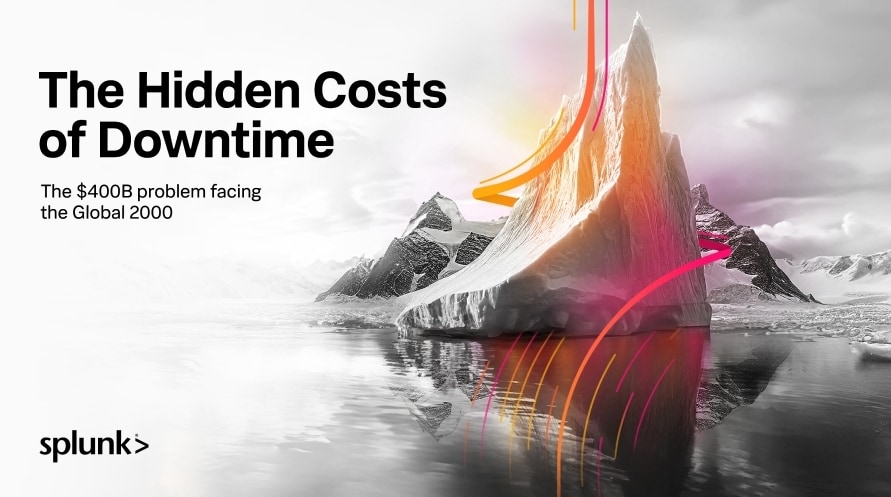How to Lead Cross-Functional Teams, With Data as the Denominator

The anatomy of a security incident and an observability incident may look different, but the end result is the same: downtime and impact on the business.
As security and observability converge, leaders are looking at ways to encourage security, IT, development and engineering teams to work toward the same goal. That means a renewed focus on two age-old problems: the difficulty of finding a trusted single pane of glass and ingrained cultural differences between departments.
Patrick Coughlin, Splunk’s SVP Global Technical Sales, and Splunk strategic advisor Matt Swann sit down with analysts Patrick Moorhead and Daniel Newman of The Six Five to discuss how to address these challenges, reduce the friction so leaders can make better decisions about their data, and rethink the concept of “digital resilience.”
Related Articles
About Splunk
The world’s leading organizations rely on Splunk, a Cisco company, to continuously strengthen digital resilience with our unified security and observability platform, powered by industry-leading AI.
Our customers trust Splunk’s award-winning security and observability solutions to secure and improve the reliability of their complex digital environments, at any scale.



